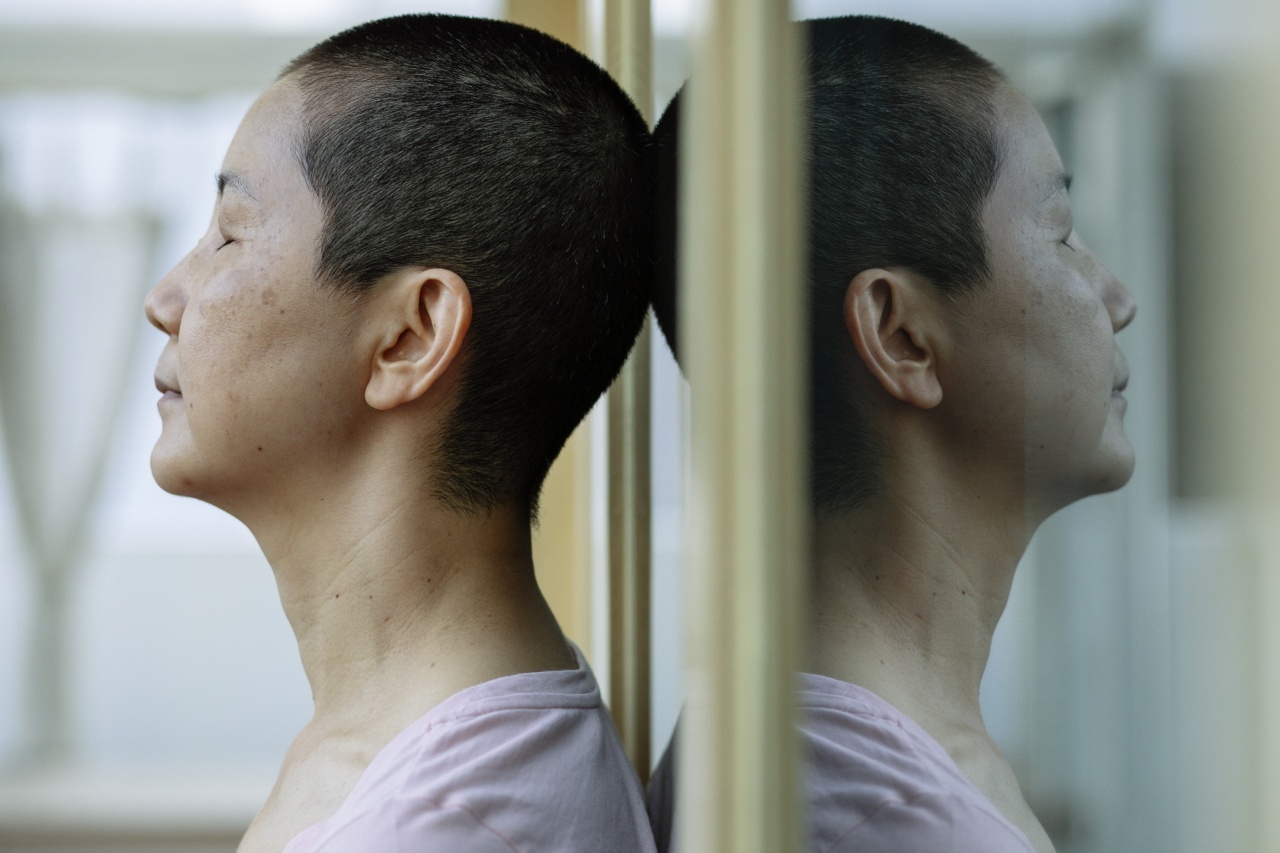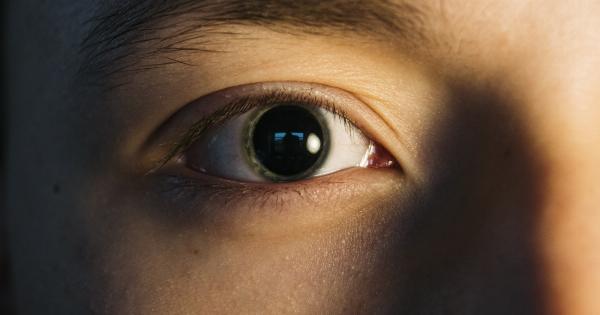Parkinson’s Disease is a chronic and progressive neurodegenerative disorder that affects the central nervous system, primarily in individuals over the age of 60.
It is caused by the gradual loss of dopamine-producing cells in the brain that control movement. As a result, people with Parkinson’s experience a variety of physical and cognitive symptoms that can range from mild to severe. In this article, we will explore the symptoms, treatments, and side effects of Parkinson’s disease.
Symptoms of Parkinson’s Disease
The symptoms of Parkinson’s Disease are typically divided into two groups. These include:.
Motor Symptoms
Motor symptoms of Parkinson’s Disease refer to the physical symptoms that manifest as involuntary movements and stiffness. These include:.
- Tremors or shaking in hands, arms, legs, or jaw, especially when at rest
- Rigidity or stiffness in arms, legs, and trunk
- Slowness of movement (bradykinesia)
- Postural instability or impaired balance and coordination
Non-Motor Symptoms
Non-Motor Symptoms of Parkinson’s include a wide range of problems, including:.
- Depression, anxiety, and other mood disorders
- Sleep disorders, such as insomnia and restless leg syndrome
- Cognitive issues, such as confusion, memory loss, and difficulty concentrating
- Loss of sense of smell
- Constipation
- Urinary and sexual problems
- Speech and swallowing difficulties
Treatments for Parkinson’s Disease
There is currently no cure for Parkinson’s Disease, but there are several treatments available that can help manage the symptoms. These include:.
Medications
The most common medications used to treat Parkinson’s Disease are Levodopa and dopamine agonists. Levodopa is converted into dopamine in the brain, which helps relieve the bradykinesia, tremors, and rigidity.
Dopamine agonists, on the other hand, work by mimicking dopamine in the brain and help control the symptoms of Parkinson’s by stimulating dopamine receptors.
Surgery
Surgery is sometimes recommended for individuals with Parkinson’s Disease who no longer respond effectively to medication. Deep brain stimulation (DBS) is the most common surgical procedure used in the treatment of Parkinson’s patients.
This involves the implantation of a small electrical device that sends pulses to specific areas of the brain to help improve movement and control symptoms.
Therapies
Therapy can also be helpful in managing the symptoms of Parkinson’s Disease.
This includes physical therapy, which can help improve mobility and flexibility, and occupational therapy, which can help individuals with Parkinson’s find ways to adapt to daily living and maintain independence. Speech therapy can also be beneficial for those experiencing changes in their voice and swallowing abilities.
Side Effects of Parkinson’s Disease Treatments
While treatments for Parkinson’s Disease can be effective in managing symptoms, they can also cause side effects. Common side effects of Parkinson’s medication include:.
- Nausea and vomiting
- Confusion and hallucinations
- Compulsive behavior, such as gambling or overeating
- Dyskinesia or involuntary movements
DBS surgery can also cause some side effects, including:.
- Pain and swelling at the implantation site
- Infection
- Speech and vision problems
- Depression and anxiety
Conclusion
Parkinson’s Disease is a complex disorder that can affect individuals in a variety of ways. While there is no cure for Parkinson’s, there are treatments available that can help manage the symptoms and improve quality of life.
Medications, surgery, and therapies have all been shown to be effective in managing the symptoms of Parkinson’s Disease, but they can also cause side effects that need to be closely monitored.






























